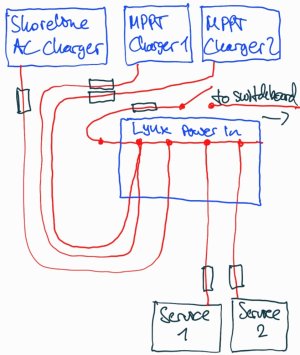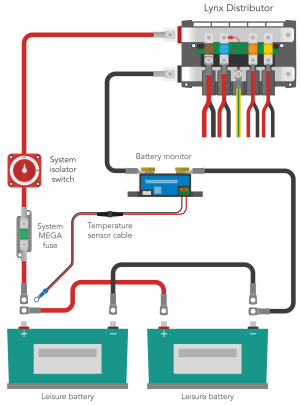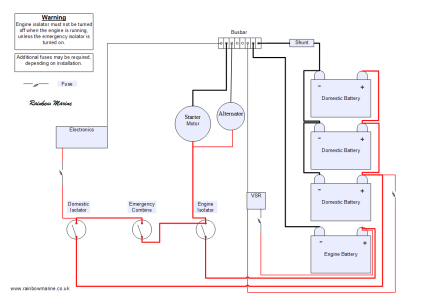jms28
Active Member
Hi,
I've done some research into the Victron Energy Lynx distribution system and came to the conclusion that the main value add is how neat cables can be arranged. That, of course, comes at a price and I'm still unsure as to if I am better advised to wire things up manually or whether to go with the Lynx system; also, since the Lynx shunt is NOT an option unfortunately, due to the missing Bluetooth connectivity. Instead, I am considering the Victron Smart Shunt btw.

Two things to consider:
I've done some research into the Victron Energy Lynx distribution system and came to the conclusion that the main value add is how neat cables can be arranged. That, of course, comes at a price and I'm still unsure as to if I am better advised to wire things up manually or whether to go with the Lynx system; also, since the Lynx shunt is NOT an option unfortunately, due to the missing Bluetooth connectivity. Instead, I am considering the Victron Smart Shunt btw.
- Does anyone here have experience with this system?
- What are your thoughts vs "classic" bus bars?
- Does the below diagram for my house/ service bank make sense? (Lynx system in the middle: Distro + Power In)
- Lynx Distribution + Power In OR better Distribution + Distribution? Fusing on one side enough?
- Overkill or reasonable (considering that the two Lynx components will come at around 300-400€)?

Two things to consider:
- I'm planning on expanding the house/ service bank to 4 batteries in the foreseeable future. In that case, the Lynx system could indeed be very poweful I think
- Forgot to add in the above drawing but the house/ service bank will be connected to the starter bank via an ACR. Do I rightfully assume that either remaining slot in the Distro or Power In component can be used for this?



